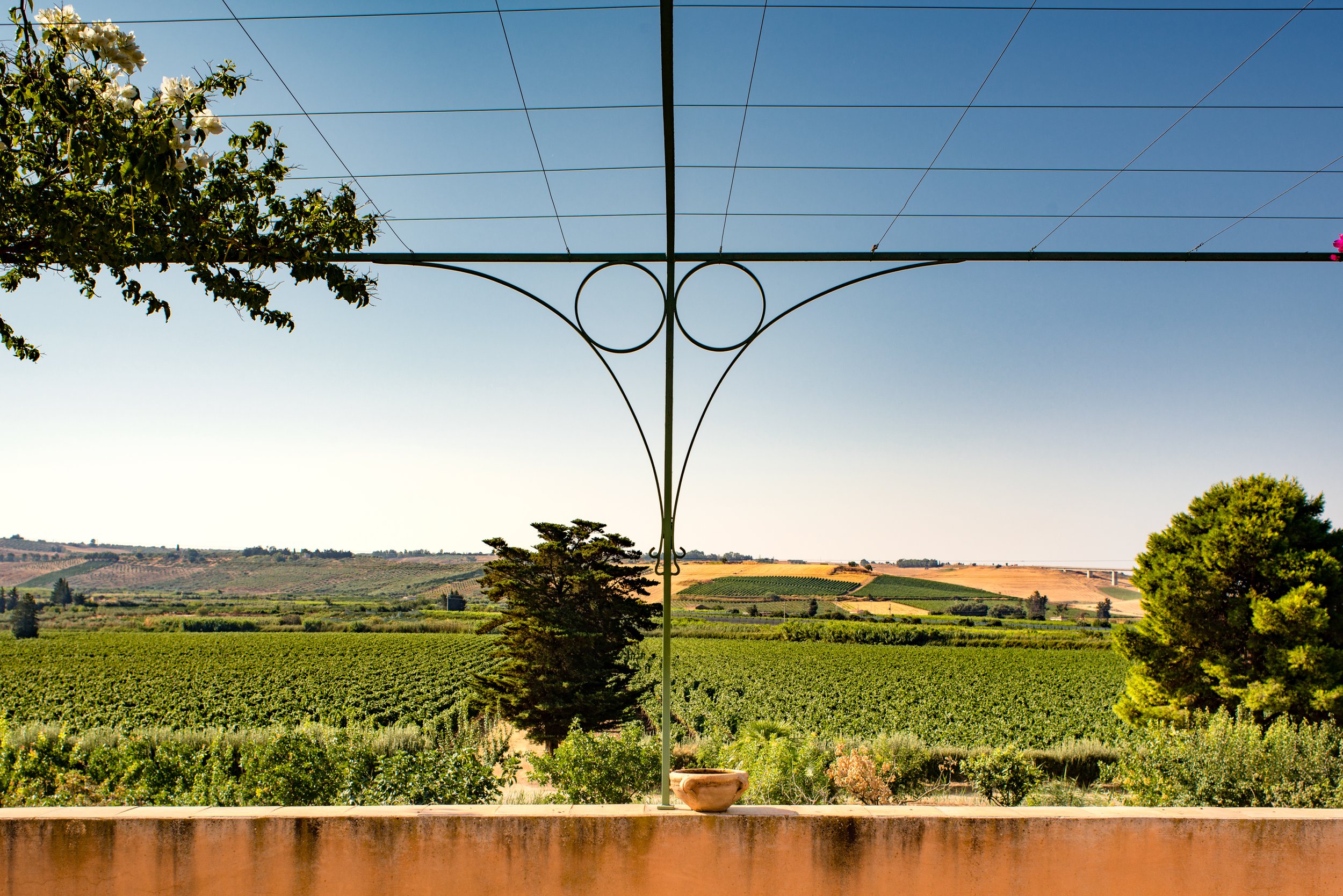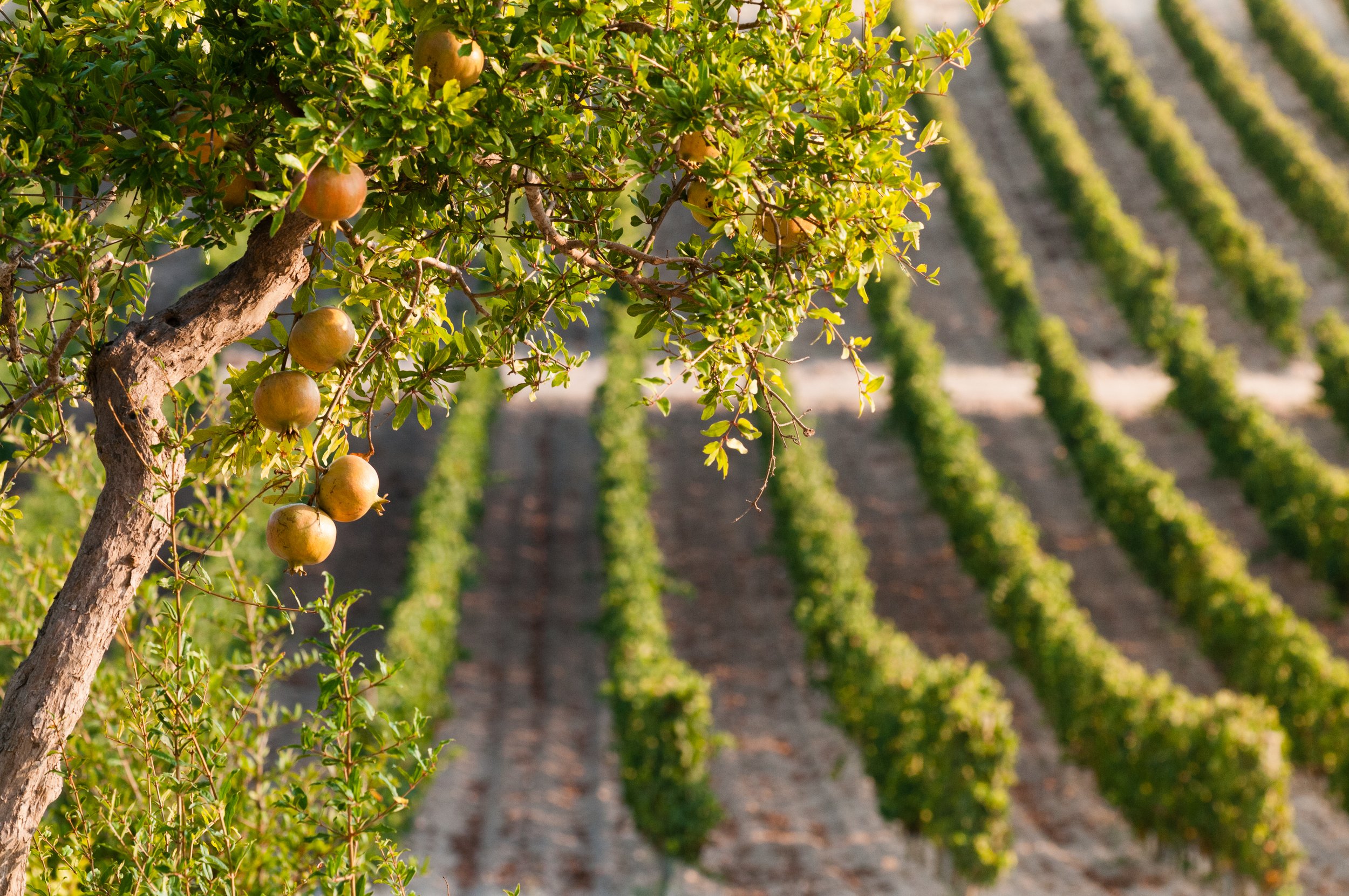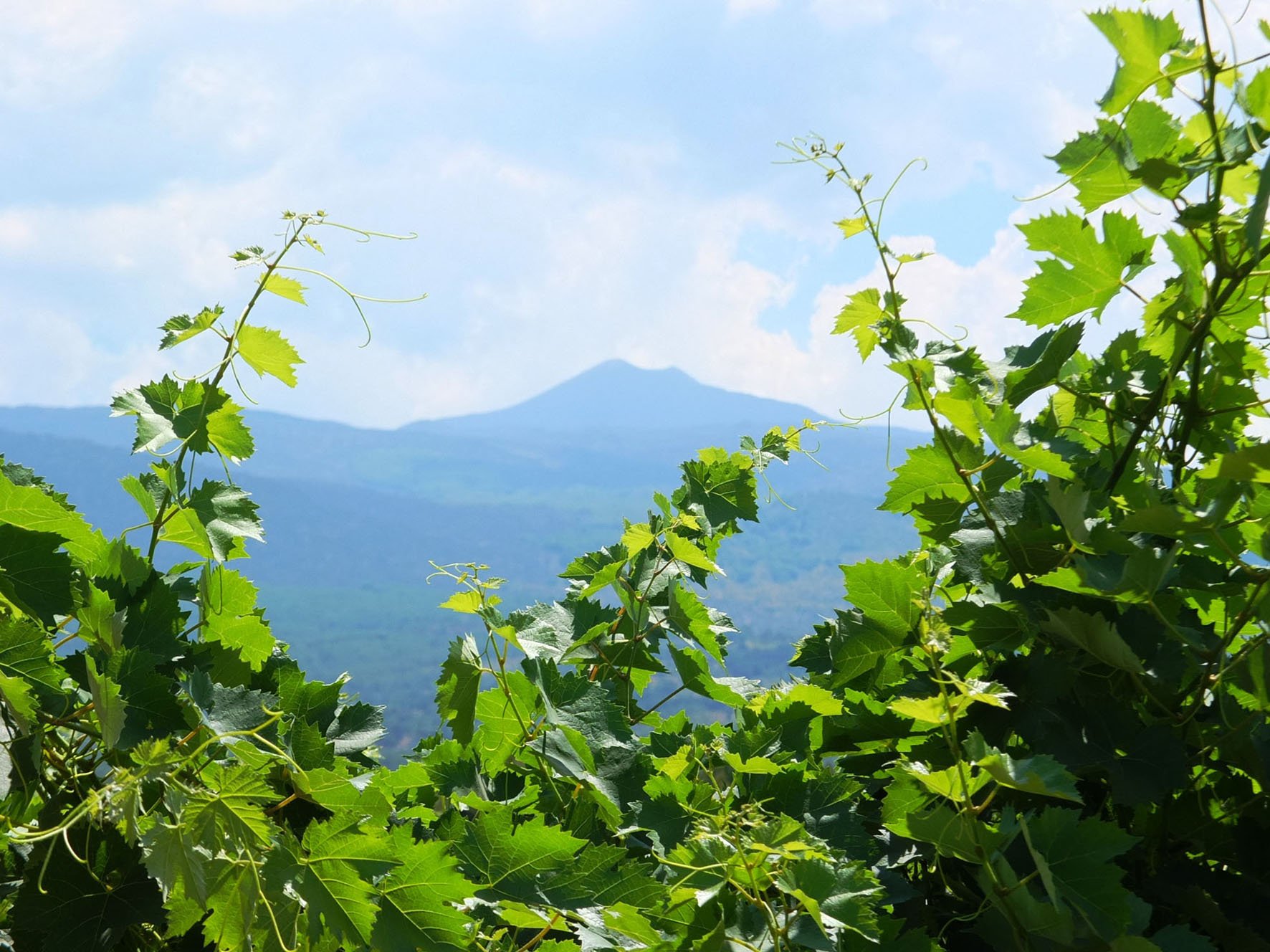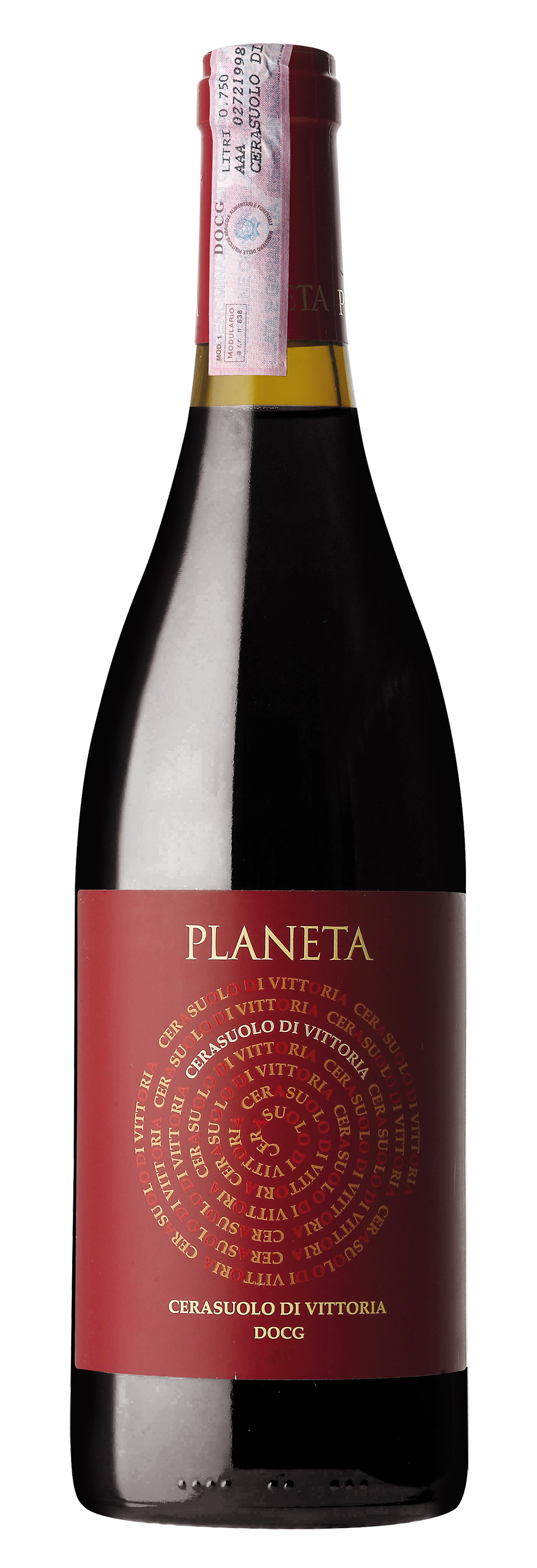Learning Italian: Sicily
/IMAGES: www.planeta.it/en
Learning about wine often starts by developing a familiarity with the qualities and flavor of individual grape varieties. Cabernet Sauvignon, Pinot Noir and Chardonnay - and a few other varieties - have come to be known as “international varieties” because they are successfully grown not only in their “home,” (usually France) but also all around the world. Appreciating the different styles of wine that these grapes can show in various places is a fun pursuit all on its own. But learning Italian wine is daunting because there are so many indigenous grape varieties that are distinct to the twenty regions of the country - which vies with France as the world’s top wine producer. International varieties are found in Italy (the so-called “Super Tuscans” blends are probably the most famous example) but to know Italian wine is to know regional wines like Chianti, Toscano, and the Nebbiolos of the Piedmont (just to get started!)
One of the largest wine-producing regions of Italy is separate from the country’s mainland. Sicily is the largest island in the Mediterranean and has been called a “micro-continent” all on its own.* Nearly the southern-most outpost of viticulture in Europe, Sicily offers a climate in which grapes flourish. “We have intense heat and sunlight,” said Diego Planeta, one of the Island’s most important producers. “It’s always windy and dry, so we don’t have problems with rot.” Like Italy’s other regions, Sicily has its own local grapes and wine styles. The most famous of these in the past has been Marsala, the fortified wine that, at its best, can stand alongside Madeira, Port and Sherry. But a recent tasting of white and red wines from the island revealed the variety and quality now being produced there. According to Diego Planeta, “We can make great wine every year.”
WHITE WINES
Carricante and catarratto are two widely-grown local varieties, appearing alone and in blends. The slopes of Mt. Etna - still an active volcano - are the preferred place for white grape growing, although not exclusively. For example, the Planeta family produces a light and aromatic wine based on Moscato Bianco in the Noto DOC, which is in the southeast corner of the island. Sicilian white wine is produced in both still and sparkling styles and in a range from dry to sweet.
Planeta Allemanda Bianco Noto DOC 2021
Grapes: 100% Moscato Bianco | $25.99
The Planeta family have recently planted moscato and nero d’avola in the Noto DOC, located in the island’s southeast corner. This refreshing dry white wine features light aromas of citrus and herbs.
Planeta Eruzione 1614 Carricante Sicilia DOC 2018
Grapes: 90% Carricante, 10% Riesling | $44.99
One of Sicily’s local grapes meets an international variety in this blend grown on the slopes of Mt Etna. Eruzione (“eruption”) is an apt name for this medium-bodied wine that offers intense aromas of ripe fruit and persistent tropical flavors.
RED WINES
Nero d’Avola is the red grape most identified with Sicily. It is found in varietal bottlings, in blends with international varieties like merlot and cabernet, or with a more local blending partner, such as frappato. The combination of nero d’avola and frappato has its own region, the Cerasuolo di Vittoria DOCG. Nero d’avola is deeply colored and darkly flavored on its own. Frappato is a natural blending partner, bringing brighter red fruit and aromas.
Planeta Frappato Vittoria DOC 2020
Grapes: 100% Frappato | $27.99
Here is a chance to taste one of nero d’avola’s historic blending partners on its own. This is a light and lean red wine with flavors of red fruit, roses and a whiff of smoke. Its lively acidity and sharp tannins would make it a delicious companion to many foods.
Planeta Cerasuolo di Vittoria DOCG 2020
Grapes: 60% Nero d’Avola 40% Frappato | $28.99
This is the historic blend from the only DOCG on the island. The name “Cerasuolo” is derived from the root word for “cherry” in the Sicilian dialect. The wine lives up to the name with flavors of not only cherry but other red fruit, backed by the body and depth of nero d’avola.
Sicily has long been unfairly associated with the export of mediocre Marsala. But things have changed. The island now offers interesting wine styles of high quality to appeal to a wide variety of wine lovers at a reasonable price.
*This description comes from “Vino Italiano” by Joseph Bastianich and David Lynch. I am also indebted to their excellent chapter on Sicilia for the quotes from Diego Planeta.
OTHER SICILIAN RED WINES TO SEEK OUT:
Planeta Eruzione 1614 Nerello Mascalese Sicilia DOC 2018
Grapes: 100% Nerello Mascalese | $44.99
White grapes are not the only thing growing on Mt Etna. This red variety is thought to actually have originated on the Mascali plain of the volcano. Medium body and color accompany flavors of deep red fruit compote.
Planeta Nocera DOC 2017
Grapes: 100% Nocera | $33.99
Here is yet another unique Sicilian variety, grown in the northeast corner of the island. The wine is deeply colored, but its herbal character and medium body convey the marine climate where it grows.
Planeta Mamertino 2017
Grapes: 60% Nero d’Avola 40% Nocera | 37.99
Another example of nero d’avola used in a blend - and again, to great effect. Like the blend with frappato (see above), this is a chance to taste the distinct flavors of Sicilian wine.
















